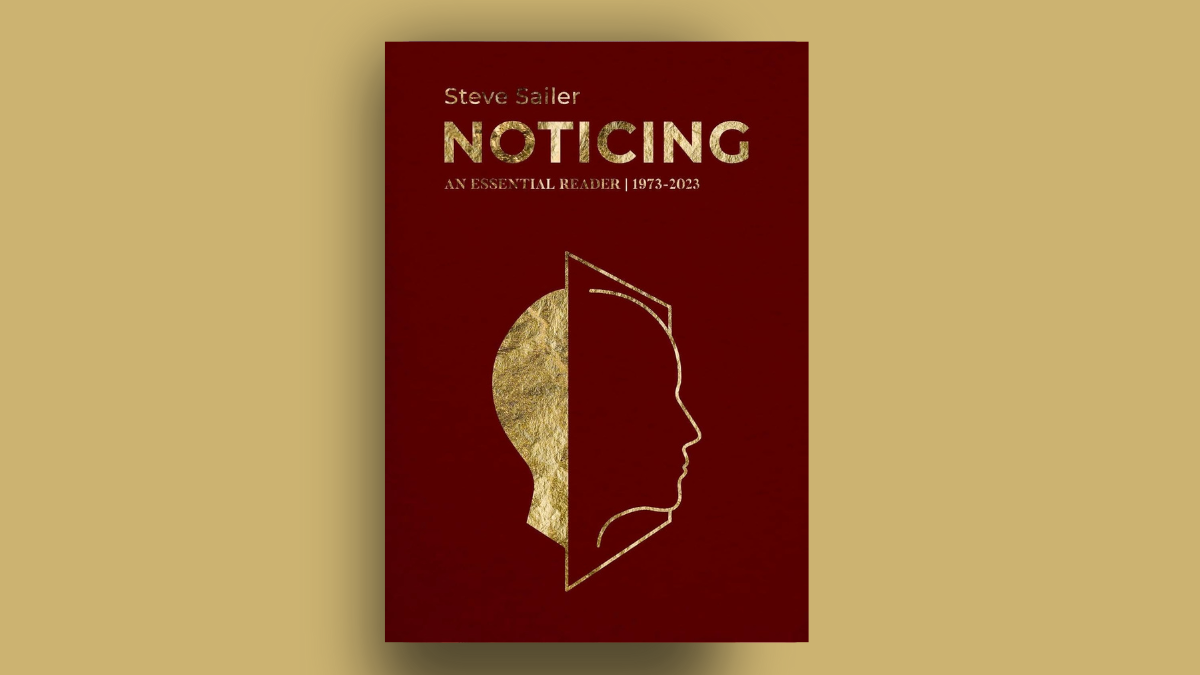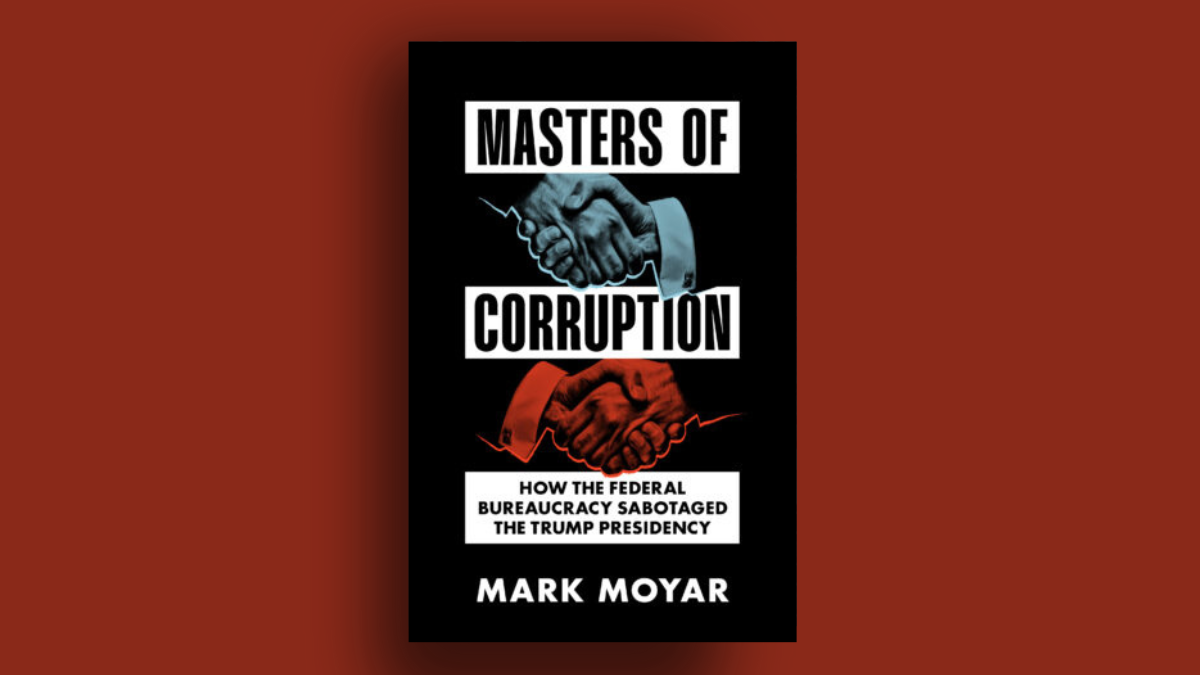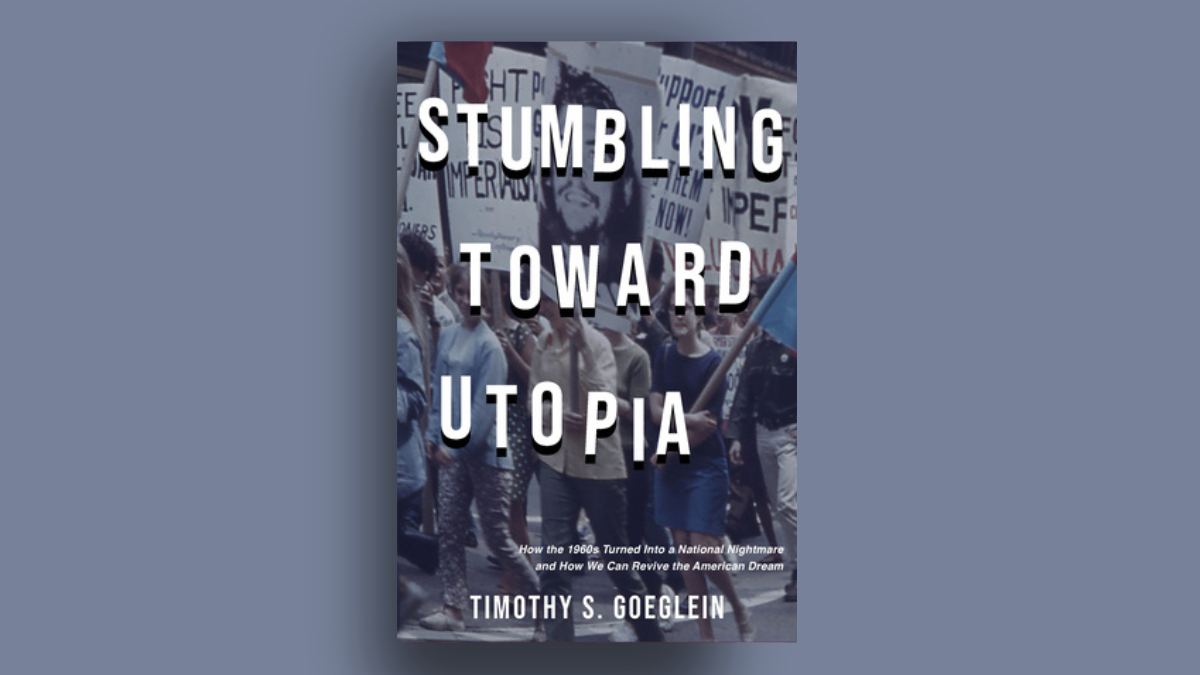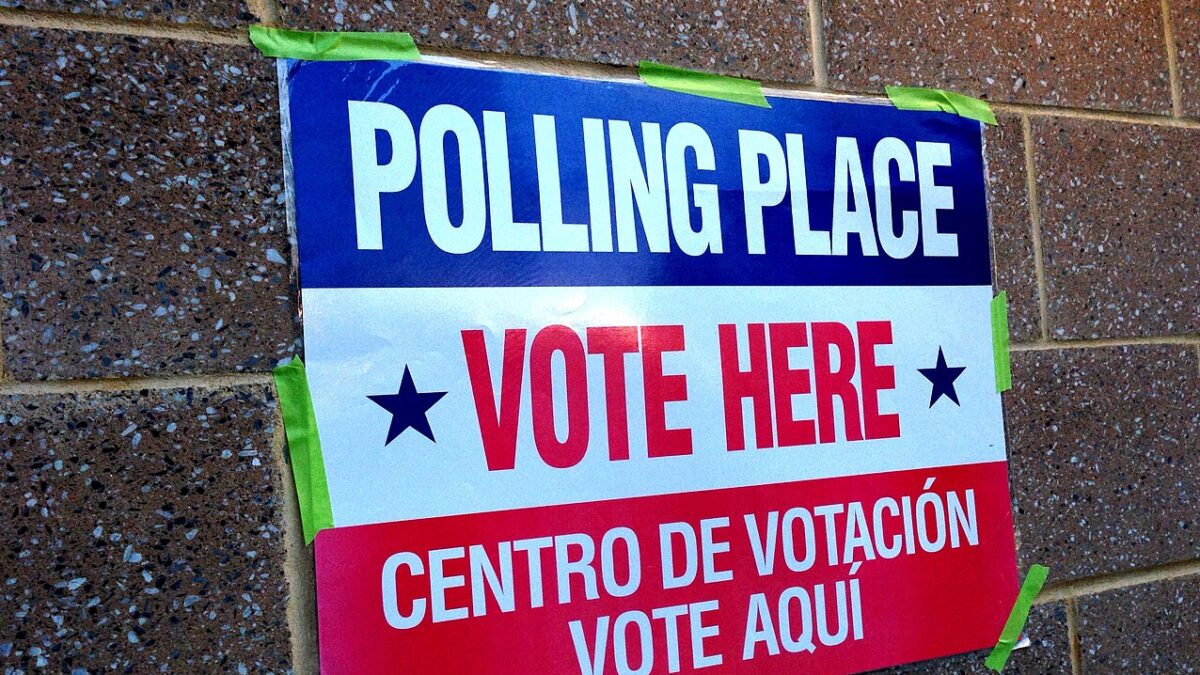
On October 5, 2001, San Francisco Giants slugger Barry Bonds clubbed his 71st home run of the season, breaking the record held by Mark McGwire. As the longball cleared the right-field fences at Pacific Bell Park, Alex Popov’s eyes grew big. The highly coveted ball fell into his glove—and bedlam ensued.
After a rowdy band of ecstatic fans mauled Popov, separating him from the ball, Patrick Hayashi emerged from the scrum with the prized horsehide in hand. A lengthy legal struggle ensued.
Hayashi invoked the longtime baseball tradition that the last man standing after a scramble deserves the ball, while Popov claimed that, as the initial possessor, he held superior ownership rights. Should possession belong to the strong, as Hayashi contended, or was his claim to the ball the fruit of the poisoned tree, as Popov asserted? From society’s perspective, should we reward Hayashi’s persistence or ensure greater fan safety by awarding the ball to Popov, thereby preventing future brawls?
In the end, a California judge imposed a Solomonic resolution, ordering the auctioning of the ball and the equal division of its proceeds between the litigants. But as Michael Heller and James Salzman, law professors at Columbia and the University of California at Los Angeles, respectively, argue in Mine! How the Hidden Rules of Ownership Control Our Lives, their engaging but flawed reimagination of ownership in contemporary times, the Bonds case presented numerous issues that challenge traditional paradigms of possession.
These include first come, first served; possession is nine-tenths of the law; you reap what you sow; my home is my castle; our bodies, our selves; and the meek shall inherit the earth. Heller and Salzman show how modern trends have eroded and elided these categories and how we must instead apply more flexible tools to resolve ownership disputes ranging from reclining airplane seats to college athletic endorsements to drone and air rights to backyard water wells to gestational surrogacy.
Likening possession to a remote control, they argue that “ownership design is best understood as a social engineering tool designed to steer your behavior, invisibly and decisively.” Only by seizing control of the remote, by taking ownership of ownership, can we ensure both fair and efficient treatment in today’s society, they assert.
In Mine!, Heller and Salzman examine complex concepts and skillfully condense them without condescending. The book devotes separate chapters to each ownership paradigm, traversing broad swaths of territory that include squatting, homesteading, line-cutting at Disneyland, seat-saving on airlines like Southwest, and hogging coveted surfing spots in Southern California or lobstering holes in Maine.
In an especially illuminating section on landownership, Heller and Salzman explore the traditional doctrine of “attachment,” whereby the property holder owns rights extending below the parcel all the way down to the core of the earth and above it to the very heavens. Yet, they argue, “the boundaries of claims based on attachment are constantly shifting as new technologies, population growth, and increased scarcity force us to rethink ownership.”
Airlines needn’t ask permission to fly above my house, and many states have adopted “unitization” practices for ownership of underground resources like water and oil that aim to maximize gains for all landowners while restricting individual property holders from exploiting their rights to the fullest.
Their chapter on body ownership presents many interesting questions. For instance, in the United States, people can sell their eggs, hair, blood plasma, sperm, breast milk, and urine. “Your body really is becoming a gold mine,” Heller and Salzman quip. But we can’t sell our kidneys, or our children, for that matter. Why? They posit that a continuum exists between what parts of our personhood we consider sacred and what parts profane, and propose that we set a “dimmer,” rather than an “on-off switch,” to determine how we treat body parts.
For instance, if a patient’s unique disease presents a golden opportunity for science – and a profitable one for biotech researchers – we can require those who benefit from the research to compensate the patient rather than either forcing the patient to turn over his cells or preventing the scientists from accessing them. The dimmer switch can optimize efficiency and equity, ensuring medical progress advances while guaranteeing patients’ bodily integrity. But who should control the dimmer? Patients’ organizations? The American Medical Association? Government? Heller and Salzman explore, but do not fully answer, this question.
In their section on inheritance, Heller and Salzman document the deep-seated problems preventing many African Americans and Native Americans from fully exploiting their property rights because of practices like co-ownership and minute partition that undermine familial land ties. They also trace the origins of perpetual trusts, which insulate asset holders from creditors and transmit wealth intergenerationally, to “Wild Bill” Janklow, the otherwise obscure 1970s-era governor of South Dakota. They wisely advise all readers, black or white, rich or poor, to draft estate plans as early as possible.
Elsewhere, however, especially in the realm of intellectual property, their analysis falters.
For example, Heller and Salzman castigate Disney as “the most incorrigible copyright hoarder,” noting the unremitting campaign the company launched to ensure its rights to Mickey and friends were extended time and again. To a certain extent, their skepticism of unduly lengthy copyright terms is well-founded, as I’ve previously argued. Disney and its allies deserve a measure of criticism for distending the purpose of copyright almost beyond recognition, but they also deserve praise for eventually coming to their senses and giving up the fight.
Indeed, Heller and Salzman recognize Disney’s course correction, as well as its loosening of its previous policy of preventing low-cost, fan-created apparel and paraphernalia, but they fail to fully appreciate its voluntary nature: The current system worked, as Disney realized it had more to gain from relaxing its legitimate rights than from vigorously enforcing them.
Similarly, they lambaste the recording industry for what they consider its short-sighted, nihilistic crusade in the early 2000s of targeting illegal downloaders of music from Napster, Limewire, and the like. Yet while the studios indeed invited a nasty popular backlash, their enforcement efforts tamed the Wild West of pirated content and helped forge the robust marketplace of authorized digital downloads and streaming that billions of people around the world now enjoy.
In addition, they bluntly insist that “from the standpoint of consumer well-being, intellectual labor should not be owned.” Yet consumers would surely suffer if all intellectual property rights were to someday disappear because those rights – specifically, the promise of exclusive ownership (whether temporary or permanent) that they confer – spur innovation and creativity. They grudgingly appear to concede the point, but nevertheless frame the “trillion-dollar conundrum” as “what is the least reward we can give creators so they provide enough benefit to consumers?”
In places, Heller and Salzman also display a surprising blind spot on patents. Bemoaning the obstacles presented by patent rights, they argue against the possibility of injunctions preventing infringers from making or selling products that violate an inventor’s patent. “In some circumstances,” they write, “courts can order patent infringers to pay money damages to patent owners rather than having to remove the infringing product from the market altogether.” Yet this has always been true in every case.
They’re also quick to criticize the pharmaceutical industry for exploiting the patent system in order to “create[] gridlock,” going so far as to allege that “people are now dying from diseases that could have been cured long ago.” On the contrary: Life sciences researchers in the United States and abroad have in recent decades invested enormous resources to develop truly miraculous breakthroughs that enhance and extend life in almost every aspect. The remarkable development of the COVID-19 vaccine in record time is just one example, yet anti-patent activists have wrongly urged these pathbreaking companies to forego the intellectual property protection that spurred them.
In the end, Heller and Salzman posit that “sometimes we should reward labor less so there are fewer tollbooths along the path to creativity and innovation.” But perhaps here it is they who should consider a different metaphor: Far from representing tollbooths, intellectual property protections serve as girders, reinforcing the roadway on which commerce travels. In this sense, when it comes to IP, what’s mine actually is everyone’s.









